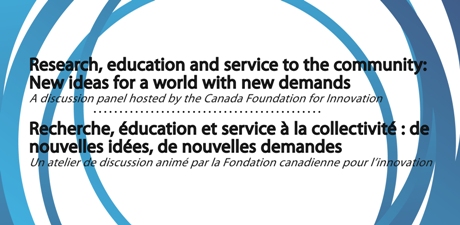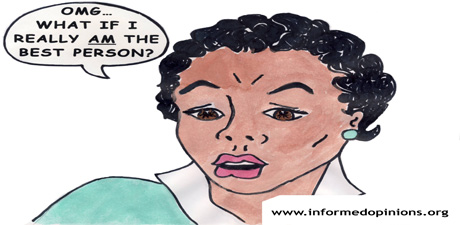Touring our ‘unofficial’ art galleries
Teghan Barton
Congress 2012 Correspondent
The Canadian Association of Social Work Education held their opening ceremonies Monday night and in addition to the Cirque du Soleil guest speaker (you can read my response to it here), there were several other elements to the event that were enjoyable.
This year CASWE decided to hold a Student Digital Storytelling Competition based around the theme of ‘Social Work at the Crossroads’ and there would be two winners, one for English and the other French.
The winning submissions were presented at the ceremonies last night and both films were engaging. The French-language winner took an international approach and showed community engagement that spans across nationalities and borders. The English-language winner examined the crossroads in a local sense, focusing on their local neighbourhood of Kitchener, Ontario.
It is the English-language film that really stuck with me. As we are in a time of increasing globalization and interconnectedness, it is important to remember that the local is important. More than that, the local is international. The issues we see around the world exist in our own backyard and the adage that we need to be tourists in our own hometown comes to mind.
The film by Wash Silk and Marcus Olszowy looks at street graffiti in Kitchener, rarely straying further than a few blocks from their homes to do their research.
Silk and Olszowy frame the graffiti as Kitchener’s “unofficial†art gallery, positioning it against the renowned KWAG, suggesting that the ‘truth’ of experience exists in these illegal street works. I won’t summarize their conclusions, but I will say that the themes and motifs found in graffiti are not unlike the themes of “real†art.
I am in no way an expert on graffiti; the most I can claim is that I have looked at it whenever I drive past some and I’ve listened to a documentary on CBC Radio. I appreciate the skill that goes into producing it but now having it framed as an underground and unofficial art gallery will have me seeing it in a new light in the future.
It started me thinking about art commodification and new platforms for art. Art has long been a commodity, something that is produced and sold, spurring debates over authenticity and reproduction. Yet as the commodification of art increased in the 20th century it gave birth to graffiti (and other mediums), as a form of subversive resistance.
Grafitti, tattoos, body modification, digital painting, tumblr fanworks, home-produced music, etc are all examples of new platforms for art and most of them are done for free, using technologies and skills acquired for free.
It is the age of illegal downloading where whole generations of young people are growing up to believe art and artistic expression isn’t something that needs to be paid for. Music, movies, television shows and now even books and graphic novels are all (illegally) available online for free via torrenting and P2P software.
Perhaps these new platforms for art are in a way subverting the commodification. Millions of young people are creating artistic content and willingly sharing it for free over the internet and do not see any moral issue to this. Expression, creativity and emotion are something that should be shared, connecting individuals through experiences and art across the world.
Lawmakers and content-producers (ie: the music industry) are obsessed with this proliferation of art, trying to stem the changing tides; but are they fighting a losing battle? Change is inevitable and as technology and morality move faster than laws, maybe art will be free in the future and graffiti will no longer be seen as the unofficial art gallery, but instead be recognized for its merits.
Image courtesy of Marcus Olszowy









